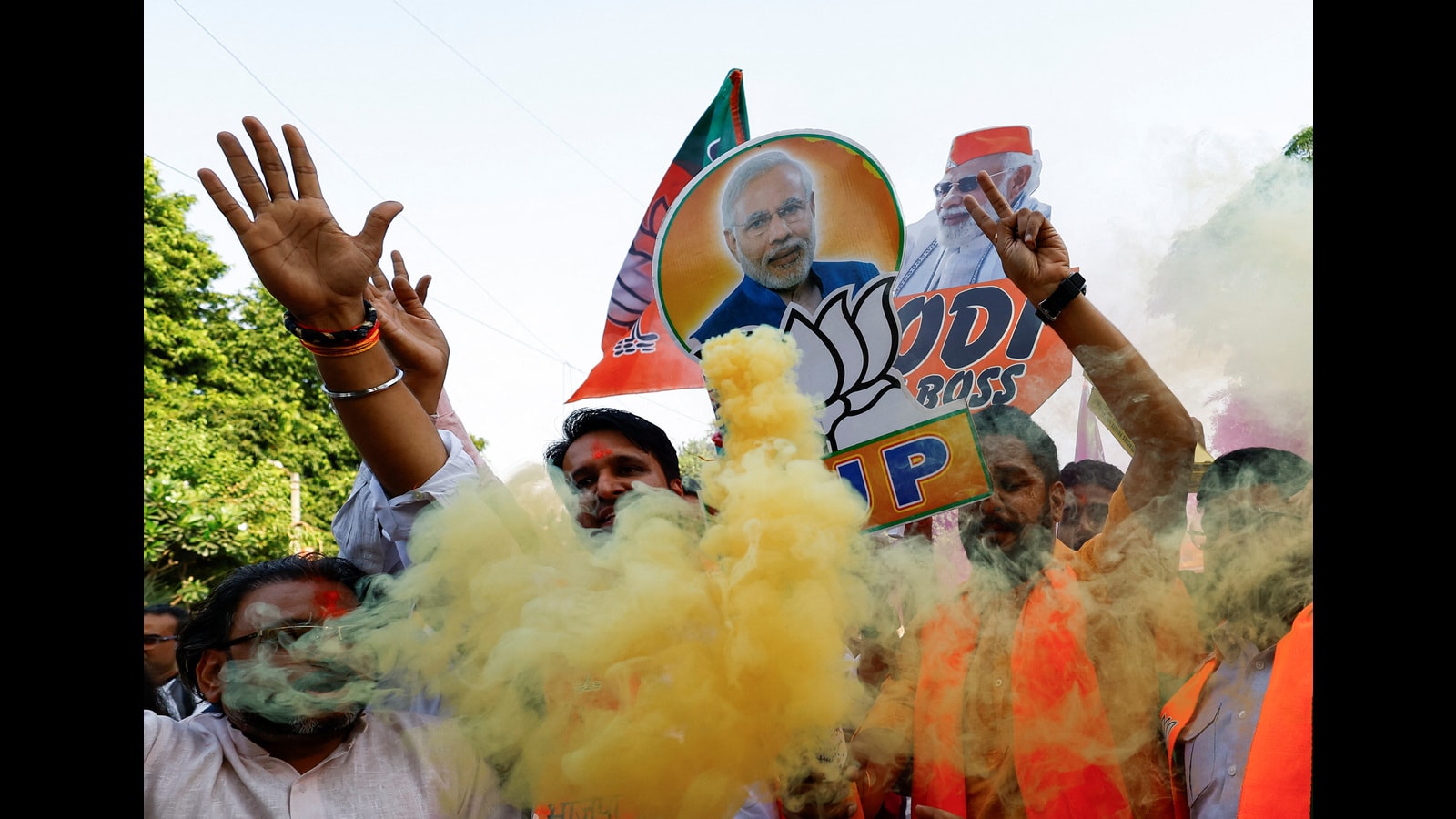Poll verdicts rarely reflect political rhetoric. These, however, are a fair reflection of challenges and societal fault lines that political parties must address. Regardless of who dons the mantle, focusing on the issues thrown up in the electoral churning is the sine qua non of good governance. As a fresh chapter in Haryana begins, the new Bharatiya Janata Party (BJP) government must prepare itself to participate in and benefit from the tremendous opportunities offered by our country’s rising economic power.

Often, political parties tend to put the blame on their predecessors or find fault with an excruciatingly slow behemoth of bureaucracy. The bitter truth, however, is that a changing political scene does not alter governance challenges. The impatience displayed in delivering promises that cannot be kept has the consequence of rushed and imprudent governance. It is wise to step back, reflect and build a consensus of political parties on key issues that the state faces.
The polls have vividly highlighted the challenges of unemployment, farm distress, inadequacies in infrastructure, and what has been broadly described as a desire for a more inclusive and participatory governance. To be fair, none of these are solely attributable to the performance of governments in the past decade or two. It is more a reflection of the unmet aspirations of the citizens, a feeling of being left out in the development process, or perceived insensitivity of the governing elite. This alienation must be squarely addressed in a vibrant democracy.
The challenge of growing unemployment must occupy a central place in our priorities. It is not uncommon to miss out on the changing demographic profile of the state, the pattern of human settlement and its economic growth. A predominantly agricultural economy stands transformed into a strong services-led economy with a growing young population, many of whom have been attracted to settle down in the affluent national capital region (NCR). This has thrown up promises and challenges that the government must recognise and measure up to in its policy responses. Urbanisation has not been limited to NCR but has seen growth in the state’s tier II and III cities as well. The twin challenges of urbanisation and the new economic growth path need to be acknowledged. Unless adequate resources are allocated or private investment is encouraged in affordable urban growth, the state is unlikely to be able to sustain this momentum. The future employment opportunities in Haryana will come largely from the service sector that planned urban development alone can encourage. Liveable cities attract business, human talent, entrepreneurship, and economic prosperity.
Inadequate public investment and lack of focus on quality education have led to unaffordable or poor-quality human resource development in Haryana. This has forced the youth to opt for underemployment; frustration even makes them fall in the trap of unethical dunki options in an alarming measure. The government cannot, and must not, withdraw from its responsibility to provide education in government schools and technical institutions that make them employable.
Echoes of farm distress can no longer be dismissed. Agriculture contributes only 16% to the state GDP while 70% of the population lives in rural areas and around 70% of the workforce has to find employment in the agriculture sector. These statistics point to the root cause of rural economic distress where falling per capita farm income is unable to sustain the fragile rural economy. Clearly, policy interventions must be directed towards raising farm incomes through crop diversification, and investment in appropriate supportive infrastructure for procurement, storage, processing and transportation of agricultural and allied produce. Even this may be inadequate and human resource development for employment in other sectors is imperative for relieving distress in the rural economy.
Haryana’s GDP has shown a healthy growth except for the anomaly during the pandemic. Government revenue has also shown steady growth. The challenge is to free resources for public investment in education, health care, and essential urban and agricultural infrastructure. The successful models of public resource augmentation through private investment in roads, ports, and railways need to be emulated by the state government for accelerated growth.
Emphasis on efficiency through the application of technology is welcome. However, it cannot replace the need for efficacy, transparency, accountability, grievance redressal and inclusive governance. Insistence on sensitivity to citizens’ voices by officials will not succeed unless the elected representatives set an example and demand compliance. There is a perception of a divide between the ruling elite and the populace. Such divisions accentuate societal fault lines and have no place in a democracy.
PK Chaudhery is a former chief secretary of Haryana. The views expressed are personal
